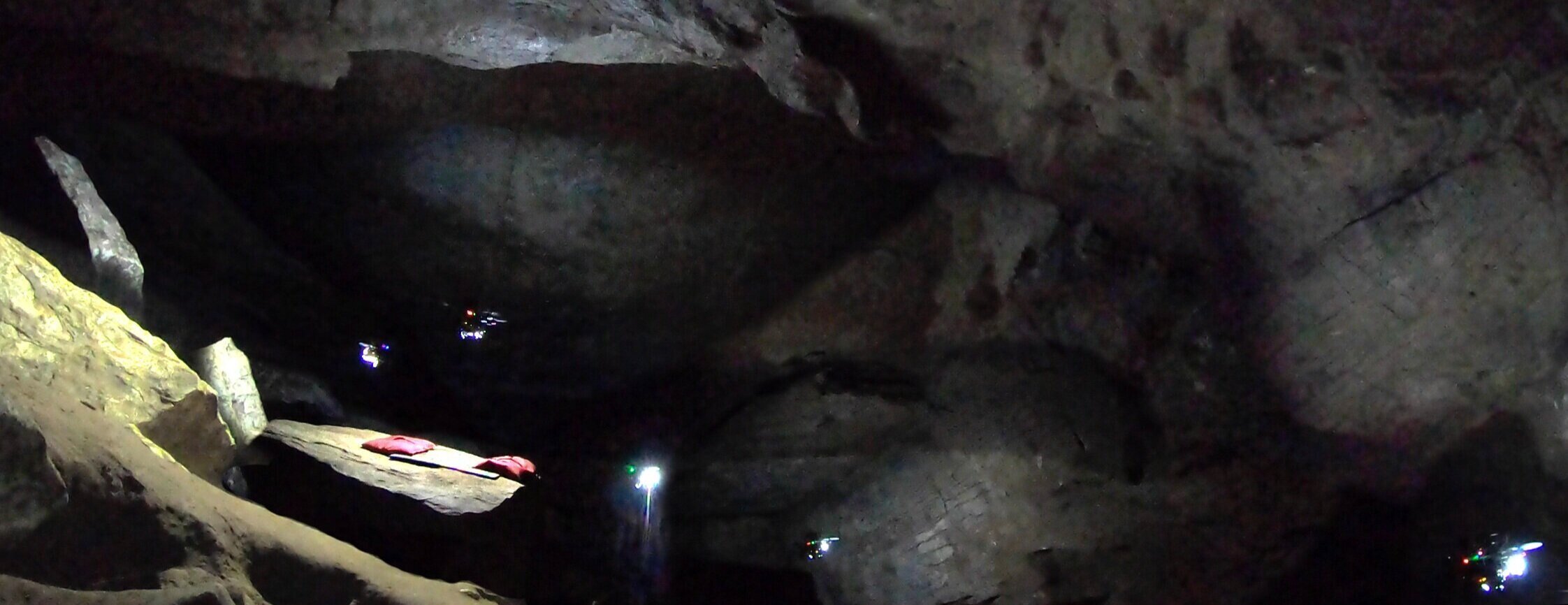#316: Introspective Robots, with Nathan Michael

In this episode, Lilly interviews Nathan Michael, Professor and Director of the Resilient Intelligent Systems Lab at the Robotics Institute within Carnegie Mellon University. They discuss introspection, adaptation, and evolvement in robotics. Michael speaks about topics in state estimation and distributed perception, and other challenges in control, perception, and cognition for both single and multi-robot systems.
 Nathan Michael
Nathan Michael
Nathan Michael is an Associate Research Professor and the Director of the Resilient Intelligent Systems Lab at the Robotics Institute within Carnegie Mellon University (CMU). Professor Michael’s research seeks to enable the development of self-sufficient robots and teams of robots that can respond to disasters; robots which can perform the tasks of first responders in order to reduce the number of people placed in harm’s way. His research employs the principles of resilient intelligence and persistent knowledge to enable robots to innovate to solve complex problems, to overcome unanticipated challenges and to learn from their experiences. Applications of Professor Michael’s work include the use of autonomous robots to explore earthquake-damaged buildings and the deployment of unmanned aerial systems to inspect nuclear reactor cores and measure radiation levels.
Links